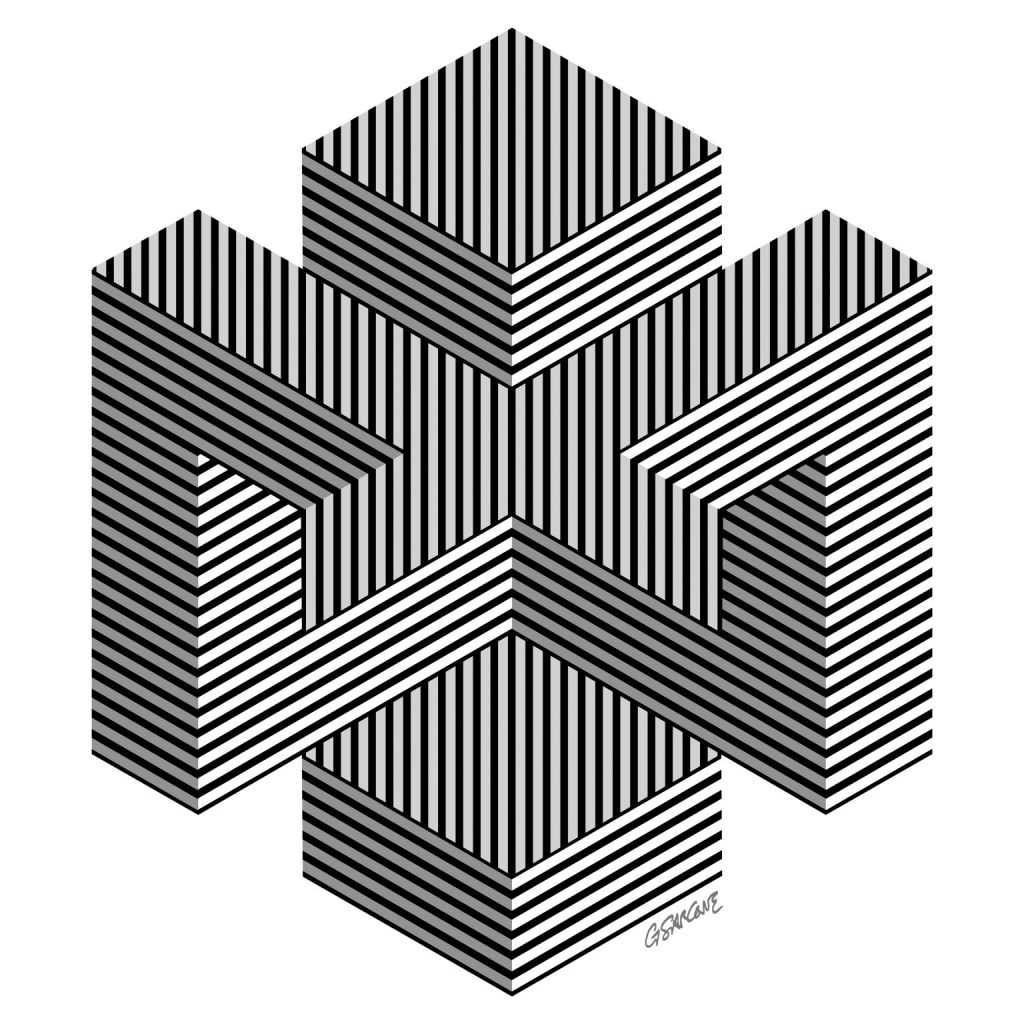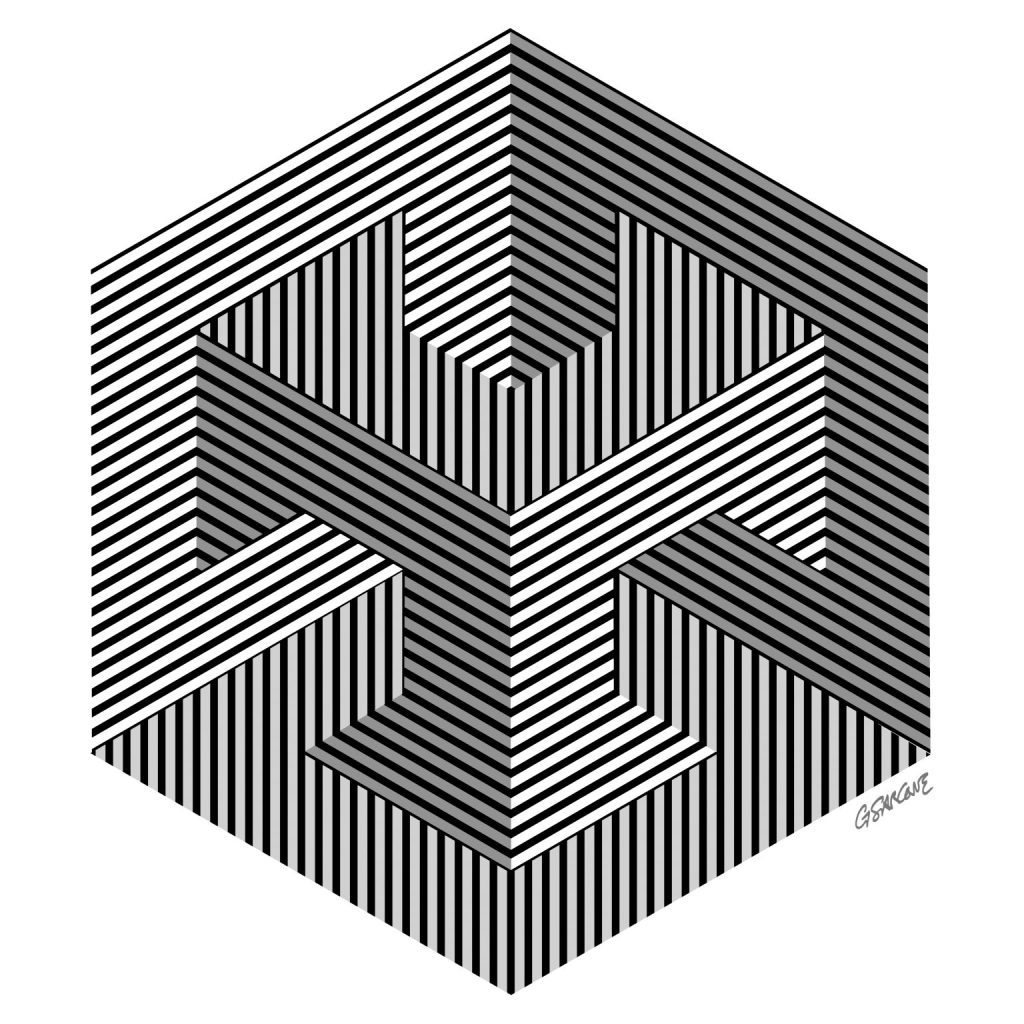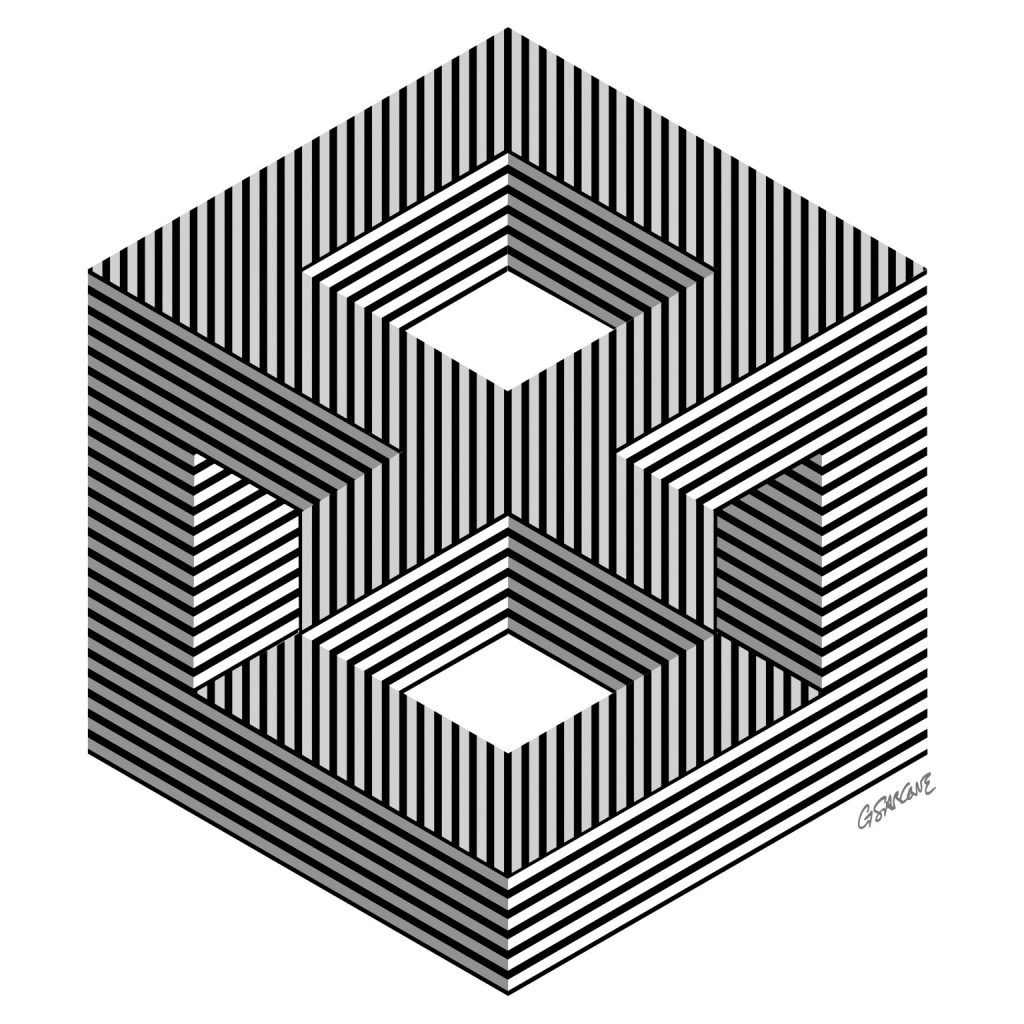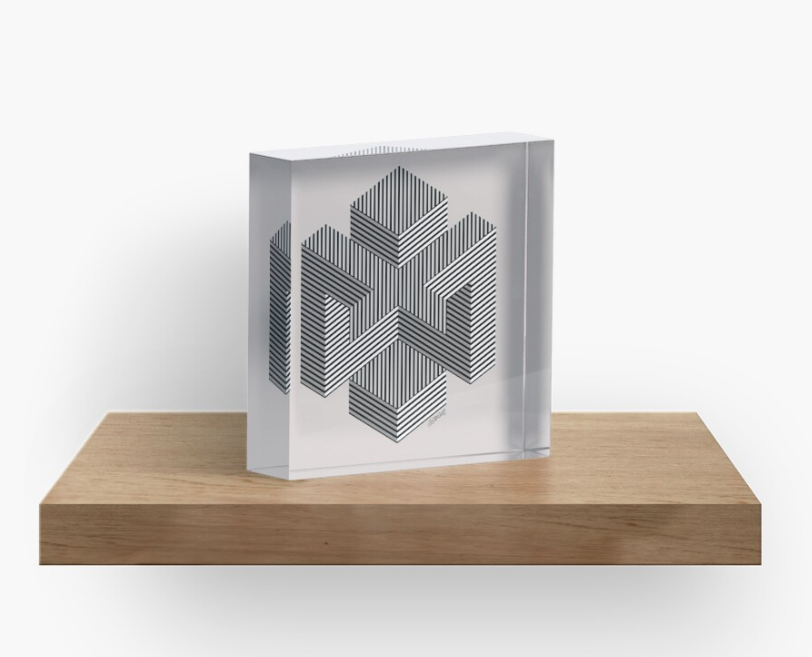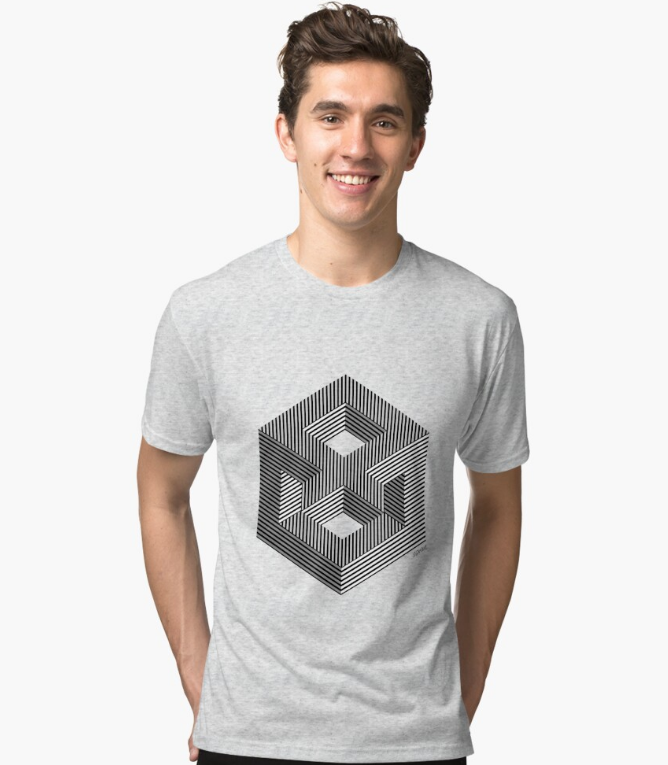I must have been born in a library, for the love I hold for books is immeasurable. A book awakens all the senses in me: the visual pleasure, the tactile warmth, the scent of cinnamon or vanilla from old pages, the soft rustle of turning leaves, and even the taste… To me, no digital book will ever replace the presence of a real one, with its soul and essence.
But the journey from tablet to scroll, to codex, and finally to the modern book spans millennia. The codex, the direct ancestor of today’s book, introduced a revolutionary format—pages bound along one edge—laying the foundation for how we read and store knowledge today.
Books, as we recognize them, became widespread during the Middle Ages, largely due to Gutenberg’s invention of the printing press. However, the codex itself dates back much further. It was made of sheets folded multiple times, often twice, to form a bifolio. These bifolia were sewn together into gatherings, allowing for binding and, when needed, rebinding. The most common structure consisted of four bifolia—eight sheets, totaling sixteen pages—known in Latin as quaternio. This term later gave rise to quaderno in Italian, cahier in French, and quire in English. Interestingly, the Latin word codex originally meant a block of wood, a nod to the materials once used for writing.
Even the word book has deep roots—its Old English form, bōc, likely stems from the Germanic root bōk-, meaning beech. This isn’t just a linguistic coincidence; early writings may have been carved into beech wood. In Slavic languages, the word for “letter,” буква (bukva), shares this origin. In Russian, Serbian, and Macedonian, букварь (bukvar’) or буквар (bukvar) refers to a child’s first reading textbook.
Similarly, the Latin word liber, which gave rise to libro in Italian and livre in French, originally meant “bark,” reinforcing the deep connection between books and trees. The Greek root biblio, is believed to be derived from βύβλος (búblos), meaning “papyrus,” named after the ancient Phoenician city of Byblos, a major hub of the papyrus trade.
From carved wood and tree bark to bound pages and printed volumes, books have always been deeply rooted in nature—both in language and in form.
